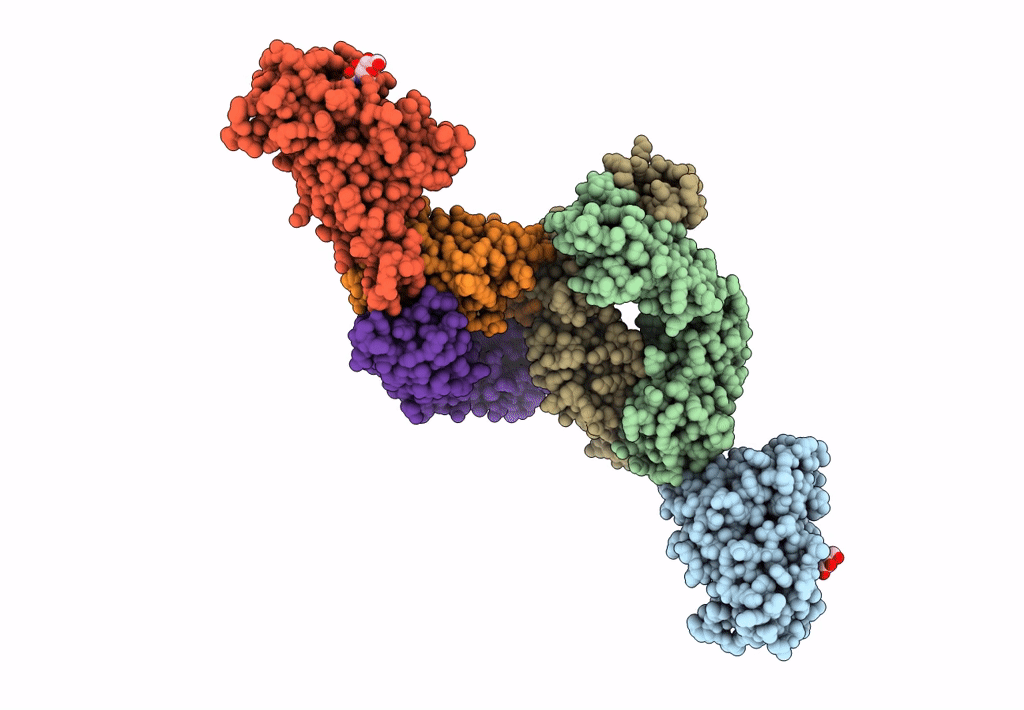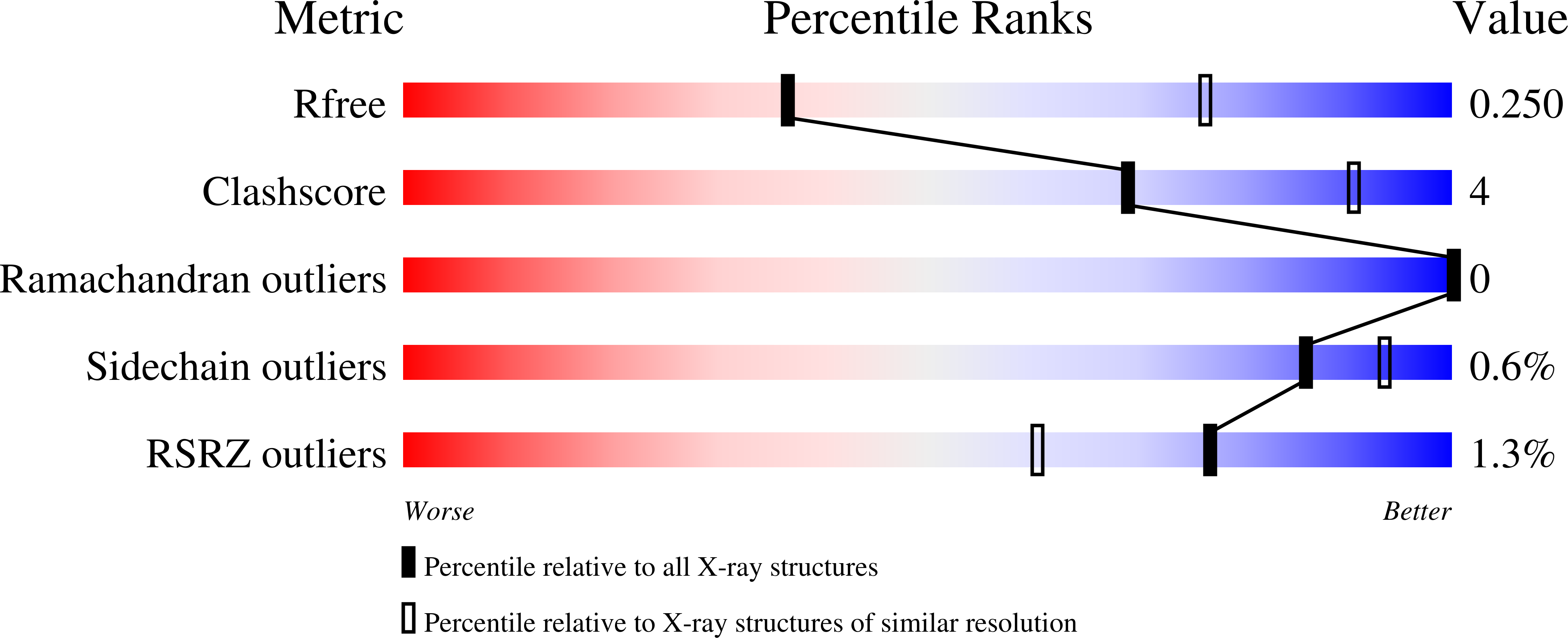
Deposition Date
2022-07-11
Release Date
2023-05-24
Last Version Date
2024-10-23
Entry Detail
PDB ID:
8DNN
Keywords:
Title:
Crystal structure of neutralizing antibody 80 in complex with SARS-CoV-2 receptor binding domain
Biological Source:
Source Organism:
Severe acute respiratory syndrome coronavirus 2 (Taxon ID: 2697049)
Homo sapiens (Taxon ID: 9606)
Homo sapiens (Taxon ID: 9606)
Host Organism:
Method Details:
Experimental Method:
Resolution:
3.12 Å
R-Value Free:
0.25
R-Value Work:
0.19
R-Value Observed:
0.19
Space Group:
P 21 21 21


